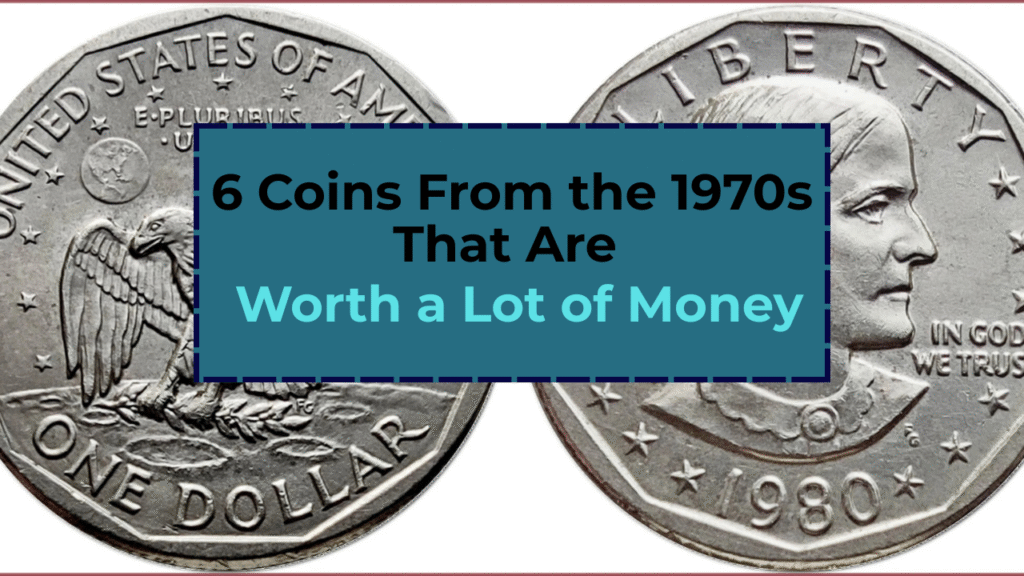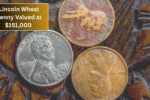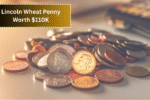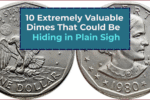Not all coins from your pocket change are ordinary some from the 1970s are worth far more than their face value today. Thanks to minting errors, low production numbers, or special metal compositions, several coins from this decade have caught the attention of collectors. If you have a box of old coins lying around, now might be a good time to take a closer look.
Below are six coins from the 1970s that could fetch you hundreds or even thousands of dollars.
1. 1970-S Lincoln Cent (Small Date) – Doubled Die Obverse
This is one of the most valuable pennies minted in the 1970s. The 1970-S Small Date Lincoln cent has a rare error called a “Doubled Die Obverse,” which means parts of the coin’s design especially the date and the word “LIBERTY” appear to have been stamped twice.
Why It’s Valuable:
Collectors love this coin because the doubling is very clear, and the small date variety is much rarer than the large date version. Depending on its condition, this coin can sell for anywhere between $1,000 and $3,000.
2. 1971 Eisenhower Dollar (Friendly Eagle Variety)
The Eisenhower dollar was the first dollar coin issued in the U.S. after the Peace Dollar, and it debuted in 1971. While most 1971 Eisenhower dollars aren’t worth more than face value, a special variety known as the “Friendly Eagle” is an exception.
Why It’s Valuable:
The eagle on the reverse looks more rounded and “friendlier” than the standard version. These coins were likely early test strikes and were minted in limited numbers. A high-grade Friendly Eagle can be worth up to $1,500 or more depending on condition.
3. 1972 Lincoln Cent – Doubled Die Obverse
The 1972 Lincoln Cent also has a doubled die version that is highly collectible. You can spot it by looking at the date, as well as the words “IN GOD WE TRUST” and “LIBERTY,” which all show strong doubling.
Why It’s Valuable:
Over 250,000 of these were released into circulation, making it more common than some other error coins—but still valuable. A well-preserved example can sell for around $200 to $500. Uncirculated ones can command higher prices.
4. 1974 Aluminum Lincoln Cent (Prototype)

This coin is so rare that most collectors have only heard about it in stories. In 1974, the U.S. Mint experimented with aluminum cents due to rising copper prices. About 1.5 million of these coins were struck, but most were melted down before release.
Why It’s Valuable:
Only a few aluminum cents survived, and they were never meant to be released to the public. One of the coins surfaced in the hands of a former U.S. Capitol police officer, but the Mint demanded it back. If one ever legally sold on the market, it could be worth over $200,000.
5. 1976 Bicentennial Quarter – With No Mint Mark or Errors
The 1976 Bicentennial Quarter, featuring the dual date “1776–1976,” was produced in honor of the U.S. Bicentennial. While these quarters were made in huge numbers, some special mint errors or high-grade versions are worth money.
Why It’s Valuable:
A few coins were struck on 40% silver planchets, even though they weren’t supposed to be. Also, pristine, uncirculated quarters or coins with off-center strikes or missing mint marks can fetch hundreds of dollars. The most valuable ones are graded MS-67 or higher and can be worth up to $1,000.
6. 1979 Susan B. Anthony Dollar – Wide Rim (Near Date)
The Susan B. Anthony Dollar debuted in 1979. One version of the coin, known as the “Wide Rim” or “Near Date” variety, has the date much closer to the rim than usual.
Why It’s Valuable:
The Wide Rim version was a short-run variety and is now considered scarce. These coins in mint state condition can sell for $100 to $500 depending on grading. Look closely at the spacing between the date and the edge of the coin to identify it.
Final Thoughts
Coin collecting is not just a hobby it can be profitable too. If you have coins from the 1970s, it’s worth checking them for rare varieties and errors. Key features to look out for include doubled dies, unusual metals, misprints, and specific rim variations. The condition of the coin also plays a huge role in its value, so handling them carefully and getting them graded by a professional can be beneficial.
Even common-looking coins can turn out to be hidden treasures. Take a second look at your spare change you might be holding onto something far more valuable than you think.
